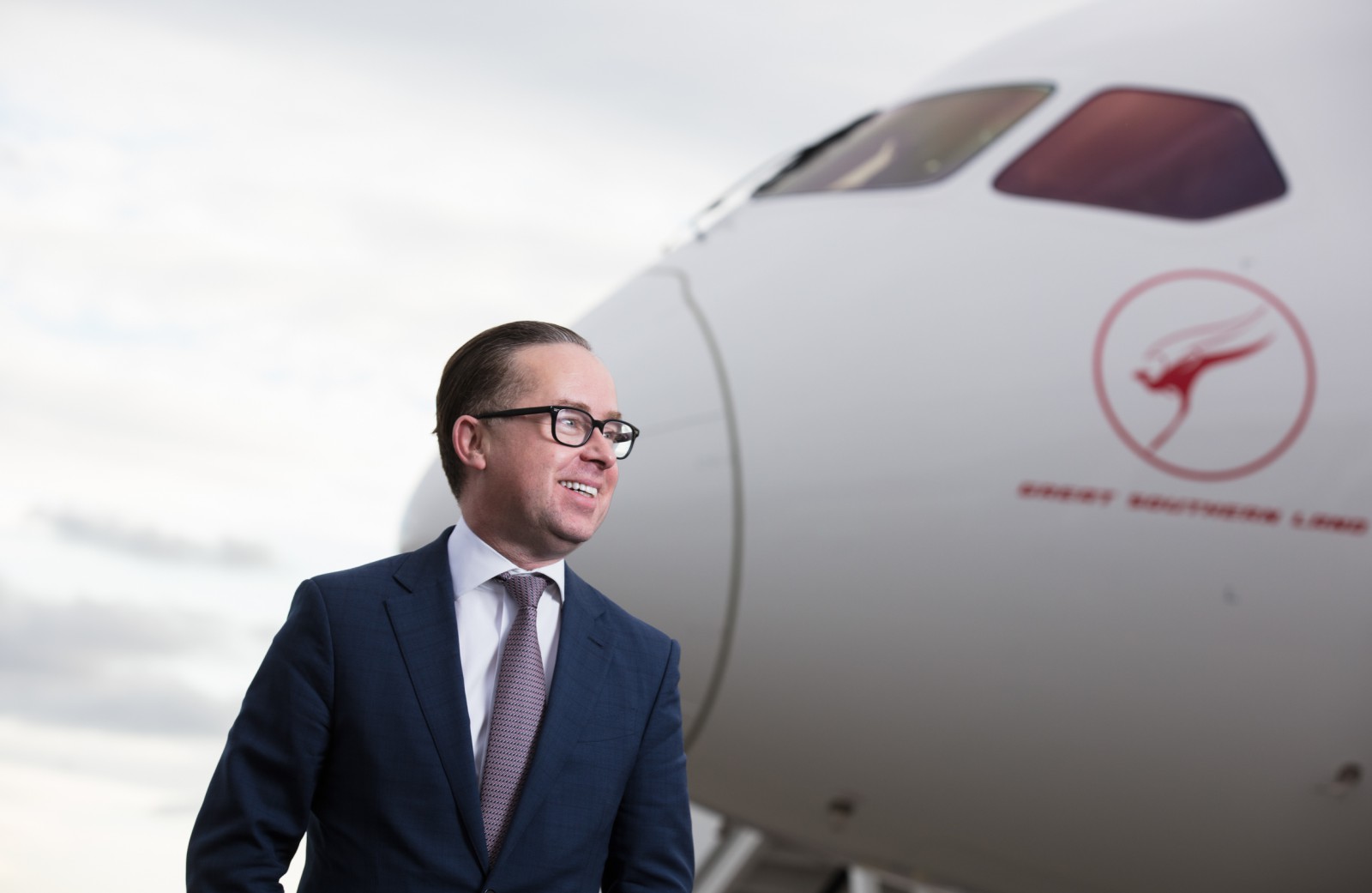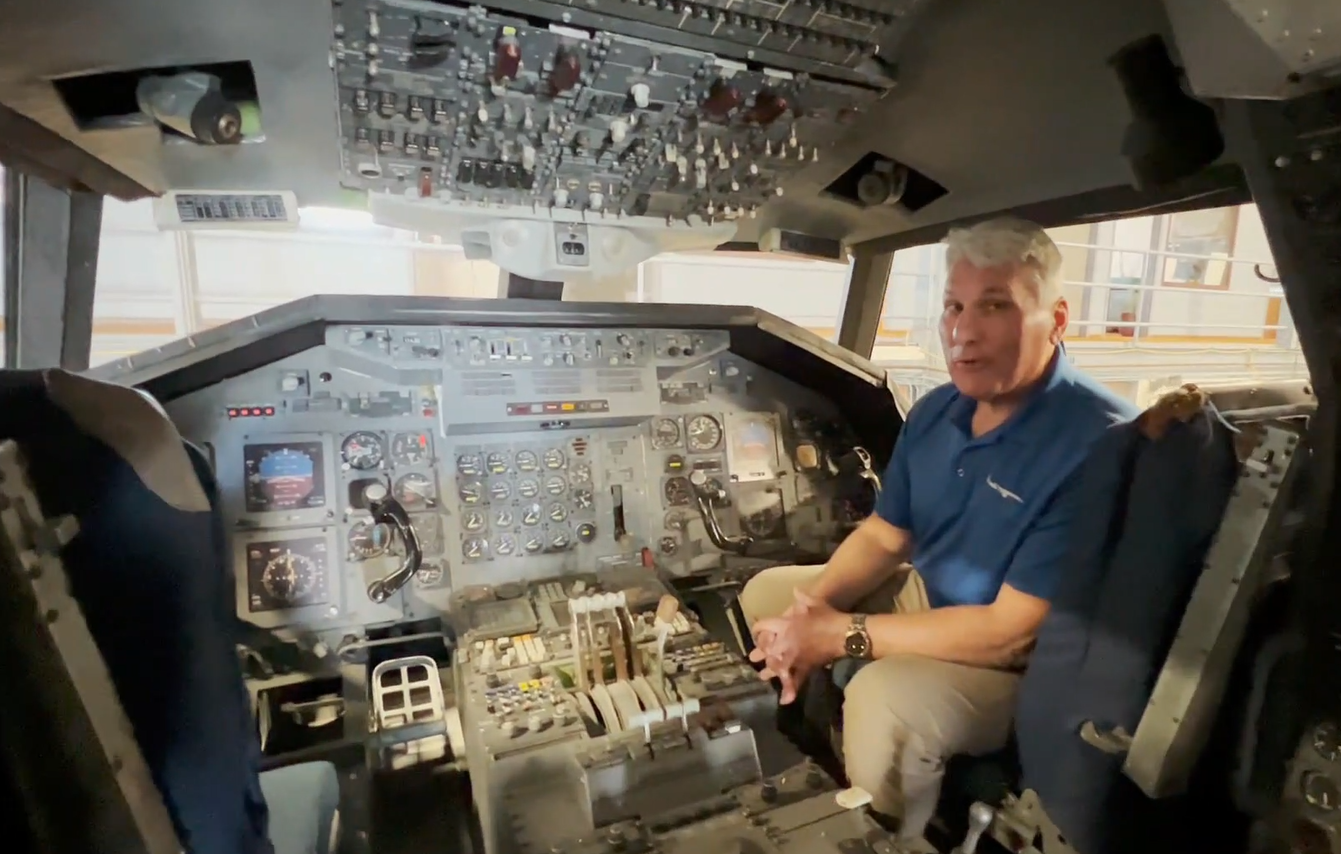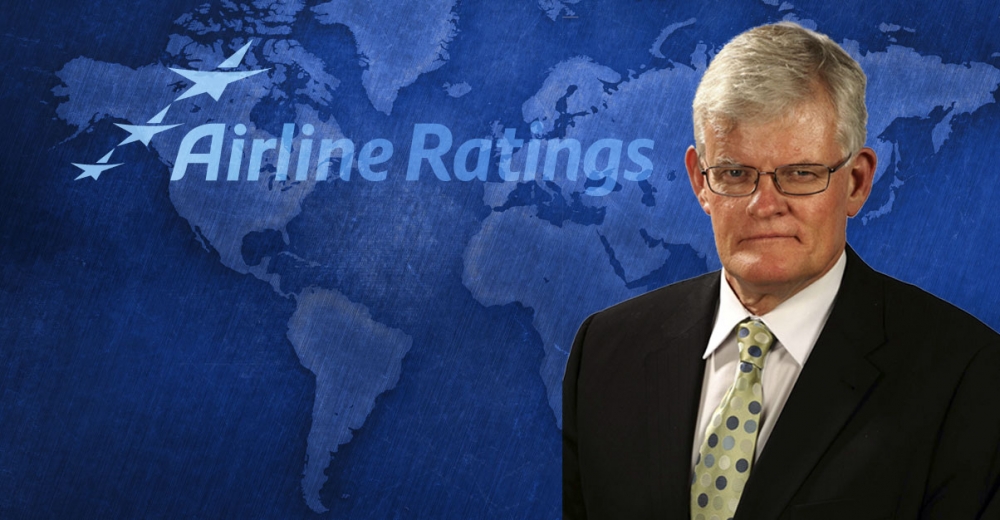Even on its darkest day, Qantas prepares to bounce back
19 March, 2020
6 min read


Even as Qantas experiences the worst chapter in its 100-year history, the Flying Kangaroo is planning for the day it can bounce back.
Qantas chief executive Alan Joyce made no bones on Thursday about his view Australia’s national carrier is better placed than most to weather the aviation apocalypse currently consuming the industry.
And he revealed a team was already working on plans to get the airline back in the air when The COVID-19 wheel finally turns.
READ: Qantas and Jetstar suspend international flights, slash workforce.
It was, Joyce observed, a terrible day for Qantas on Thursday as he announced the suspension of scheduled international flying and prepared to stand down two-thirds of the airline’s workforce.
He admitted this was not the kind of action he envisaged he would ever have to take as CEO but it is the kind of action airlines globally are now being forced to take -- and some are better placed than others.
The industry was once notorious for losing money but in recent years the smart players have kept a tighter reign on costs and capacity to move back into the black and build up cash reserves for a rainy day.
But airlines, like most businesses, need cash flow to keep paying the bills and with that now drying up as demand evaporates, they are being forced to dramatically reduce expenditure to preserve cash to pay the bills.
Qantas has been among the airlines that have kept money in the bank and Joyce moved on Thursday to dispel any doubts it would be a survivor.
“Qantas is in a really strong position,’’ Joyce told reporters on a conference call on Thursday.
“We are one of the strongest airlines in the world. Over 10 years, we’ve made the tough decisions. We’ve built up a very strong cash balance, we’ve built up a very strong balance sheet and we have an investment-grade credit rating.
“We’re raising some money on some aircraft out there at the moment and we’re getting a very positive response from our lenders (and) we have a standby facility that’s quite substantial.”
The airline is working through the staff furloughs on a group-by-group basis. Some areas, such as crews on widebody international aircraft, will be hit hard while others, including call center workers and engineers tasked with parking and maintaining aircraft, less so.
Some will be able to burn leave or long-service leave while others are facing leave without pay.
Qantas is working with partners such as Woolworths to try and find work for those in the latter category and has offered to advance them four week’s annual leave they have yet to earn.
Joyce, who has forgone his salary until at least the end of the financial year, said the airline couldn’t pay its staff when there was no work out there and it would drain the airline’s cash too fast.
But he said the dramatic actions taken with capacity, the stand-down and with others such as suppliers “gives us a long runway, that gives us a long time”.
“Nobody knows when this is going to end,’’ he added. “We’re going to look after ourselves, we’re going to make sure we survive in the future.
“And this is fight and survival of the fittest. We are the fittest and although a lot of airlines will go under, we won’t because we’re (taking) dramatic, drastic actions and doing the right thing to make sure the national carrier survives.’’
The problem facing everybody, however, is when will this end.
The situation is fluid and Joyce said the airline was looking at the issue on a week-to-week basis.
“Things are moving very fast and this is all about flexibility and maintaining flexibility,’’ he said, pointing to an announcement that day that Tasmania would require “non-essential” visitors to self-isolate and noting it would likely result in a reduction in schedules.
“So if gets worse we’ll probably take more (capacity) out. If it gets better, we can add stuff back in,” he said.
He said the airline would have to make a decision about planned flying in June and July sometime in early April because of crew rosters.
That would include options ranging from digging deeper or adding capacity back.
He noted that the airline was talking to the federal government about keeping strategic international links open.
“For us, there is unknown about how many ex-pats are offshore and how many want to be repatriated,’’ he said. “The government’s working through that data and it may mean we’ll keep some links open to help people get back.
“There’s also an issue with freight. Strategically there’s some critical freight that comes in from Asia and North America so we’re talking to the government about how we maintain a link there.
“So some of the international operation may be put back in if there are justifications for doing it and that dialogue is continuing with the federal government.”
But Qantas is also preparing for the day the aviation armageddon ends.
The airline says it will maintain the jobs of those stood down and they would have an opportunity to return to Qantas.
“The whole reason we’re taking this approach is to protect jobs in the long term,’’ Jetstar chief executive Gareth Evans told the same conference call.
“We want everybody to get through this together within the organization so when flying gets back on again everybody is still employed by us, still has a job and can contribute to the business as we get out this.”
Joyce also revealed there was a team already allocated to ramping up operations again.
It is parking its aircraft at airport gates around Australia and has also done a deal with Victoria’s Avalon airport to park some there.
“We are confident that we will be putting all these aircraft in the air,’’ he said, noting the airline wanted all the grounded aircraft to return to flying. “That’s why we’re not making people redundant.”
The Qantas boss said a team of engineers was talking to the airports about parking the aircraft and essentially putting them into storage.
“We’re not getting rid of any aircraft, we’re not retiring any aircraft and we will be ready with that team working out how we restart the airline.
“it depends on the timing. We have a plan for three months, six months, nine months, a year. We’ll be planning all of them.
“If it’s more than three months you’ll have recurrence training, you’ll have particular engineering items you need to do and the start-up team is working what that looks like so that we can activate it when we think the market’s turning.
“And we’ll be ready ahead of the curve because we need to be ahead of the curve to help Australia get back on its feet.”
Get the latest news and updates straight to your inbox
No spam, no hassle, no fuss, just airline news direct to you.
By joining our newsletter, you agree to our Privacy Policy
Find us on social media
Comments
No comments yet, be the first to write one.

